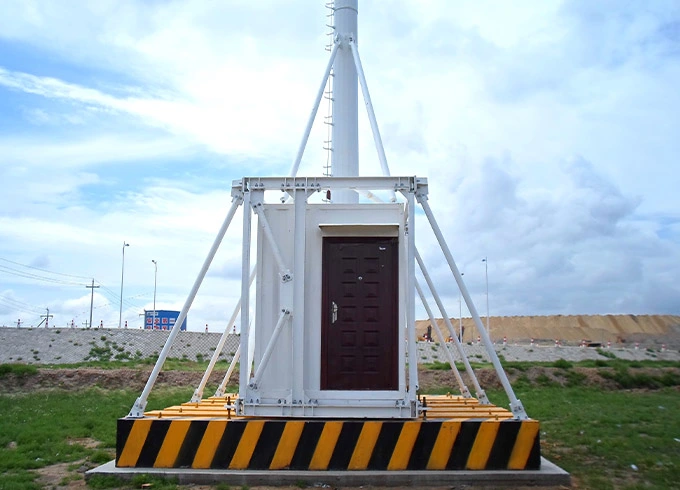138 kV transmission line towers form the backbone of modern electrical grids, engineered to reliably transmit high-voltage power across intermediate distances with minimized energy loss. These robust lattice or monopole structures are strategically deployed between 132 kV and 220 kV voltage levels, making them ideal for sub-transmission networks.
| Voltage | 138KV |
| Tower Type | Suspension Tower, Tension Tower, Dead Tower, Substation Structure |
| Height | 10M-100M |
| Circuit | Single / Double Circuit |
| Material | 1.High strength low alloy structural steel: Q420B which is equivalent with ASTM Gr60 2.High strength low alloy structural steels: Q355B which is equivalent with ASTM Gr50 or S355JR 3.Carbon Structural Steel: Q235B which is equivalent with ASTM A36 or S235JR |
| Welding | AWS D1.1 |
| Surface treatment | Hot dip galvanizing /painting/Powder coating |
| Hot dip galvanization | GB/T 13912-2002, EN ISO 1461,ASTM/A123 or equivalent |
| Welding Standard | AWS D1.1, AS554, AS 4100 standard or equivalent |
| Earthquakeproof Grade | Grade 8 |
| Ice wrapping | 5-10 mm |
| Verticality | 1 / 1000 |
| Working Temperature | - 45°C -+ 45°C |
| Nuts& Bolts | Mainly ISO 898 grade 6.8 and 8.8 bolts for Both Chinese, ISO and DIN standard |
| Working lifespan | 30/50 years |
To ensure long-term reliability and safety, 138 kV transmission line towers must follow critical structural and electrical design principles. Here are the key factors engineers prioritize:
Material Selection: Galvanized steel is commonly used for its high strength-to-weight ratio and corrosion resistance.
Wind & Load Resistance: Towers are designed to withstand dynamic wind loads (up to 150 km/h) and ice accumulation in cold climates.
Foundation Design: Reinforced concrete foundations prevent tilting/sinking, especially in soft soil regions.
Insulation Clearance: Maintains minimum air gaps (e.g., 1.2m between conductors) to prevent flashovers.
Grounding Systems: Proper earthing networks protect against lightning strikes and fault currents.
Corona Effect Mitigation: Smooth conductor surfaces and optimized bundle spacing reduce energy losses.
Modular Designs: Allow easy replacement of damaged sections.
Accessibility: Includes ladders and platforms for routine inspections and repairs.

